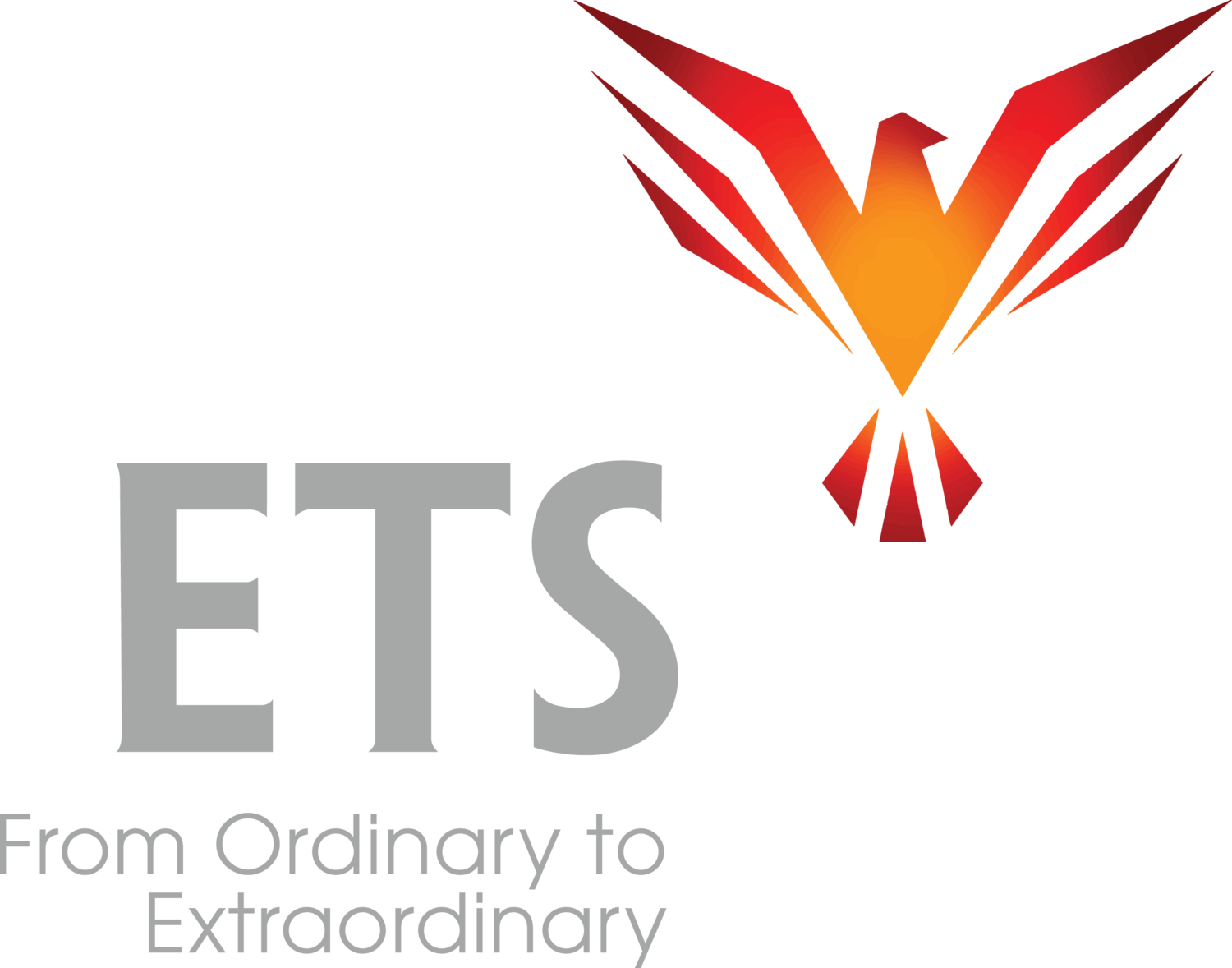Jeff was scowling. He had no idea he was scowling. I had asked him to listen to something he disagreed with. Just the fact that he disagreed was enough reason to make him impatient.
It was a virtual Causative Communication coaching session. I took several screenshots of Jeff as he “listened”.
Jeff fell off his chair when he saw them. He said, “I look like that???” I said, “Well, that does look like you!” and we both laughed.
I’ve been taking a lot of screenshots of people while they practice listening during their coaching. People have NO idea what they look like, especially when they disagree with something being said. They have no idea they’re frowning or that their face looks sour. They have no idea what they look like when they’re tense, stressed, disappointed, bored or displeased. It’s a very powerful and illuminating experience for them when I take a candid photo of how they look when they’re “listening” to something they disagree with and show it to them. It’s an eye-opener.
Some of them see a very “I’m faking being interested” look on their face that says, “I’m trying to be nice and listen to you, but I disagree with everything you’re saying.” At the moment of the screenshot they don’t realize that everyone can see through their pretend interest. That everyone can see what’s really happening when you’re trying to suppress how you’re actually feeling. So, it’s a shock when they see what they actually look like when they think they’re masking their thoughts.
Some people tell me, “I have a very expressive face. My feelings are written on my face. I can’t hide them.”
EVERYONE has a very expressive face. Even people with “no expression” are communicating something.
YOU have a very expressive face. Everything you are thinking and feeling is expressed on your face, and especially in your eyes.
This is especially true when you are virtual and your face is all that people see.
I never tell a person to change their facial expression. Your face is on the surface. It reflects what’s going on inside you. Trying only to change how your face looks would make you fake.
What I coach people on when I’m increasing their ability to listen is their willingness to receive communication from another person, especially when they disagree or they don’t like something, either about the person or about what they’re hearing.
Your face reflects the degree to which you’re willing to give your attention, to receive and really understand, and the level of your interest, from none to very high.
Good listening is composed of attentiveness, strong interest, understanding and a friendly feeling toward the other person.
During coaching they learn how to really listen. Often for the first time. I teach them to confront, to really face that person, to stop thinking, to stop judging and evaluating, to stop formulating their own response, to be there comfortably, to pay attention and simply receive and fully understand what the other person is telling them. And to let the other person finish. To be strongly interested in every word. To really be there all the way through. To make sure the person is satisfied they have told you everything before you respond.
Does that sound easy to you?
Most people think it’s torture. Some tell me it’s the hardest thing they’ve ever been asked to do. It takes a lot of practice and coaching.
But their final screenshots when they’re able to do it show a dramatic difference. They are attractive in a way that can only come from the inside. The warmth in their eyes alone is transformative.
And when you can do this, it is this attractiveness, warmth and interest that the person who is speaking to you sees when they’re talking to you.
This quality of listening is as rare in our world today as a flawless diamond.
The mastery of finely tuned listening ALWAYS transforms the person who is speaking.
And that transforms the conversation, your relationship, and creates an extraordinary outcome.
As one person wrote me: “I really think that it is the listener who draws out the communication. I communicate clearly and fluently when I am speaking to an excellent listener. I can be dumb as a stump with a disinterested audience. I introvert and get self-conscious at the first sign of boredom. Painful for all concerned. It is the listener who draws out a great thought. It is a great listener who draws out the creativity in me.”
I’m flooded with success stories from people who have learned how to really listen. Their stories from this one communication skill alone are magical.
Jeff emailed me, “I have got to tell you this. I have just had a very productive conversation with one of THE most difficult people in our group. My listening to him opened a whole NEW channel of ideas and processes. The thing I realized was NOBODY was listening to this person. Once I started to listen the way I learned in Causative Communication, it was amazing. Amazing how it worked. This person is so hard on the outside, but I could see real positive emotions for the very first time on him. The conversation just calmed him down. He became very positive and constructive.”
Everyone has the innate ability to transform others. Few people know how to use it. If you want to increase your ability to create extraordinary conversations, extraordinary relationships, and extraordinary outcomes, know that the real work is to master not just what you say, but to gain the ability to inspire a beautiful change in the other person while they’re speaking.
Be the cause!

